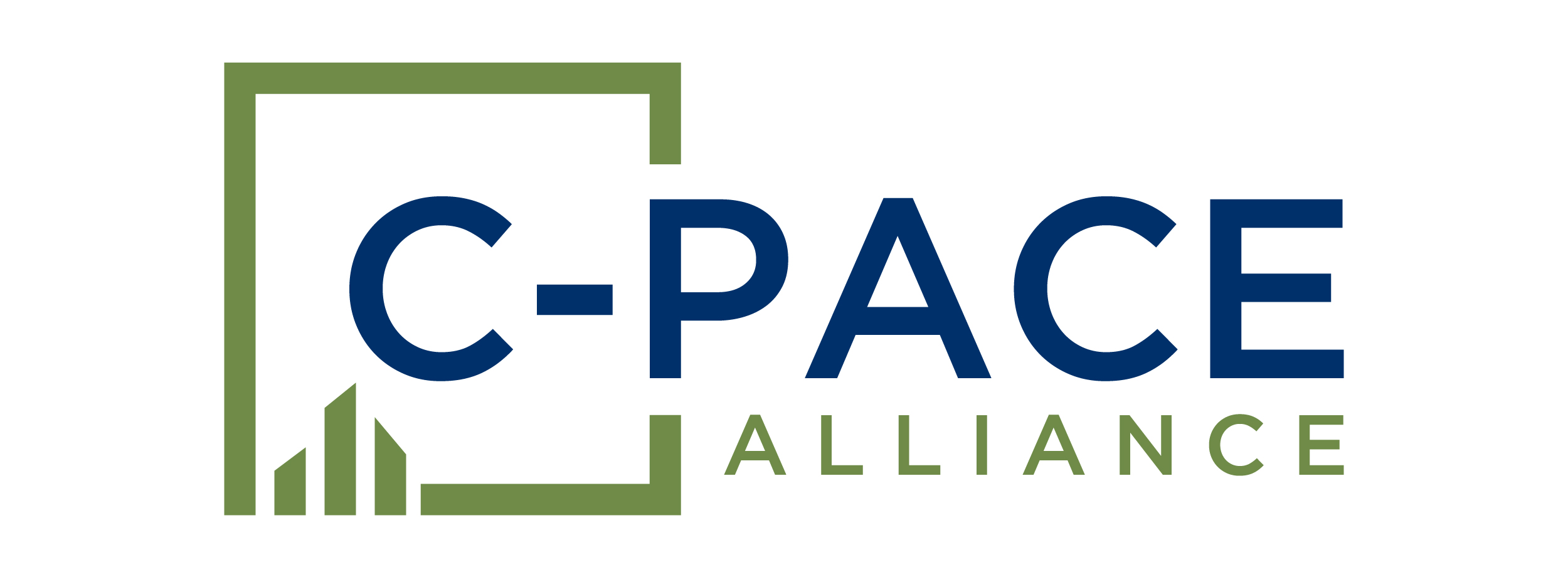Michael has written or co-written C-PACE legislation in several states, including Washington, Tennessee, and Nevada. In 2022, several transactions closed in Washington, exceeding $100 million in total. The first transactions in Tennessee closed in 2022. Michael led the campaign to open C-PACE in Clark County in Nevada, which approved its local ordinance in 2022. Michael is one of the C-PACE industry experts who many capital providers know they can call to ask questions about a statute, or a program, and he is always helpful.
Beau Engman, CEO
In March of 2022, PACE Equity launched CIRRUS Low Carbon to encourage improvements in building designs that push beyond current building codes to a higher level of energy efficiency. The offering, available exclusively from PACE Equity, rewards developers/owners with a significant rate reduction if they design their new construction, redevelopment or major renovation project in a manner that meets a lower carbon design specification. Early results show that the program can incentivize developers to push beyond the required local building code to build better buildings and improve their carbon impact. First three CIRRUS Low Carbon projects closed in 2022.
“The CIRRUS Low Carbon specification was clear and achievable. The lower rate made CIRRUS Low Carbon absolutely the right thing to do.” – Shawn Neece, Principal, Renew Partners
Petros PACE Finance, C-PACE financing
The Black Desert Resort project in southern Utah is the industry’s largest C-PACE transaction funded to date. The landmark deal used $153 million in C-PACE proceeds as part of the $820 million, 580-acre resort development. C-PACE financing is funding numerous eligible energy-efficient and resiliency solutions, showcasing the value that C-PACE financing brings to property owners. The size and scale of this project demonstrates that institutional investors and property owners are comfortable using C-PACE in large, complex construction and renovation projects.
Black Desert Resort, Ivins, Utah
Twain Financial Partners, C-PACE financing
The Armory Building in Midtown St. Louis sat vacant for many years until Green Street Real Estate Ventures redeveloped the property into an entertainment venue, breathing new life into the community. The Armory was built in 1938 for the Infantry National Guard. Over the years, the 250,000 SF space was home to the St. Louis Tennis Club, bowling tournaments, sports leagues, and concerts. After a $60 million renovation, the Armory is now a venue for people to gather, eat, drink, and play. Significant efficiency measures to the building’s envelope, HVAC, electrical, and plumbing will save more than $43 million. Furthermore, the Armory is expected to bring 400 new jobs to the area. The nomination recognized the Missouri Energy Initiative as program administrator and Twain Financial Partners as the capital provider.
The Armory, St. Louis, MO
Missouri Energy Initiative, program administrator
PACE Loan Group, C-PACE financing
This 55,000 SF office building in Portland, OR is the headquarters for PAE, a design-build firm. The PAE Building will be the largest urban commercial “Living Building” in the world. The Living Building summary matrix covers seven aspects of a building’s character: place, water, energy, health and happiness, materials, equity, and beauty. PAE designed this building to showcase cutting-edge design that would inspire PAE’s clients as they consider their own projects. Prosper Portland served as Program Administrator.
PAE Building, Portland, OR
Nuveen Green Capital, C-PACE financing
Hotel Marcel, developed and designed by Becker+Becker and funded by Nuveen Green Capital, is the first anticipated net-zero hotel and Passive House-certified hotel in the country. The boutique hotel is an adaptive re-use of mid-century modern Armstrong Rubber Company Building, originally designed by Marcel Breuer in 1967. The hotel utilized C-PACE to finance a large-scale solar array of more than 1,000 panels) that will generate electricity for lighting, heating, cooling and hot water for the hotel’s common areas, restaurant, laundry, meeting rooms, and 165 guest rooms. The lifetime energy savings are projected to exceed 160,290 million BTUs and save more than 7,854 metric tons of CO2. The Connecticut Green Bank served as program administrator.
Hotel Marcel, New Haven, CT
Becker+Becker, Architects
